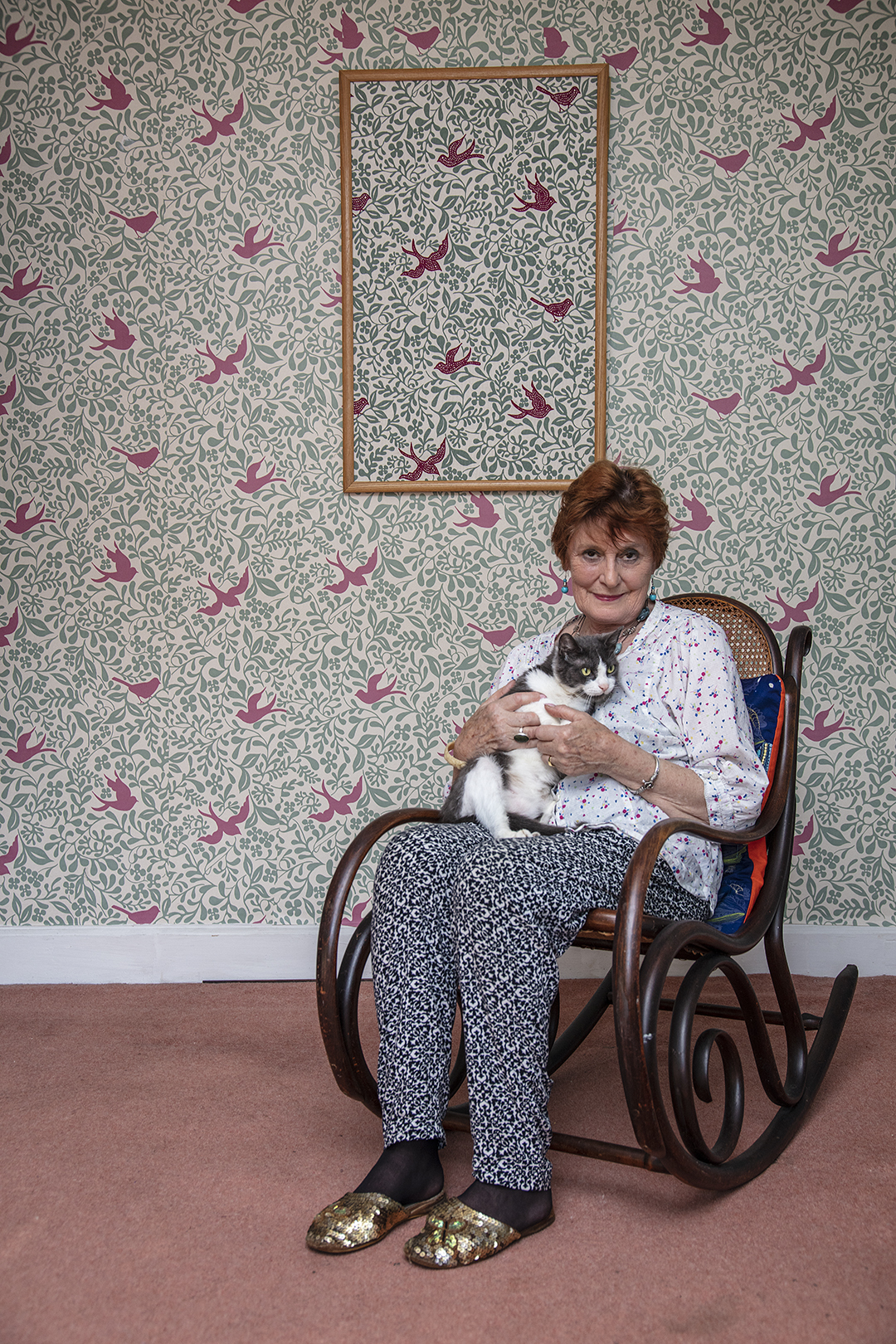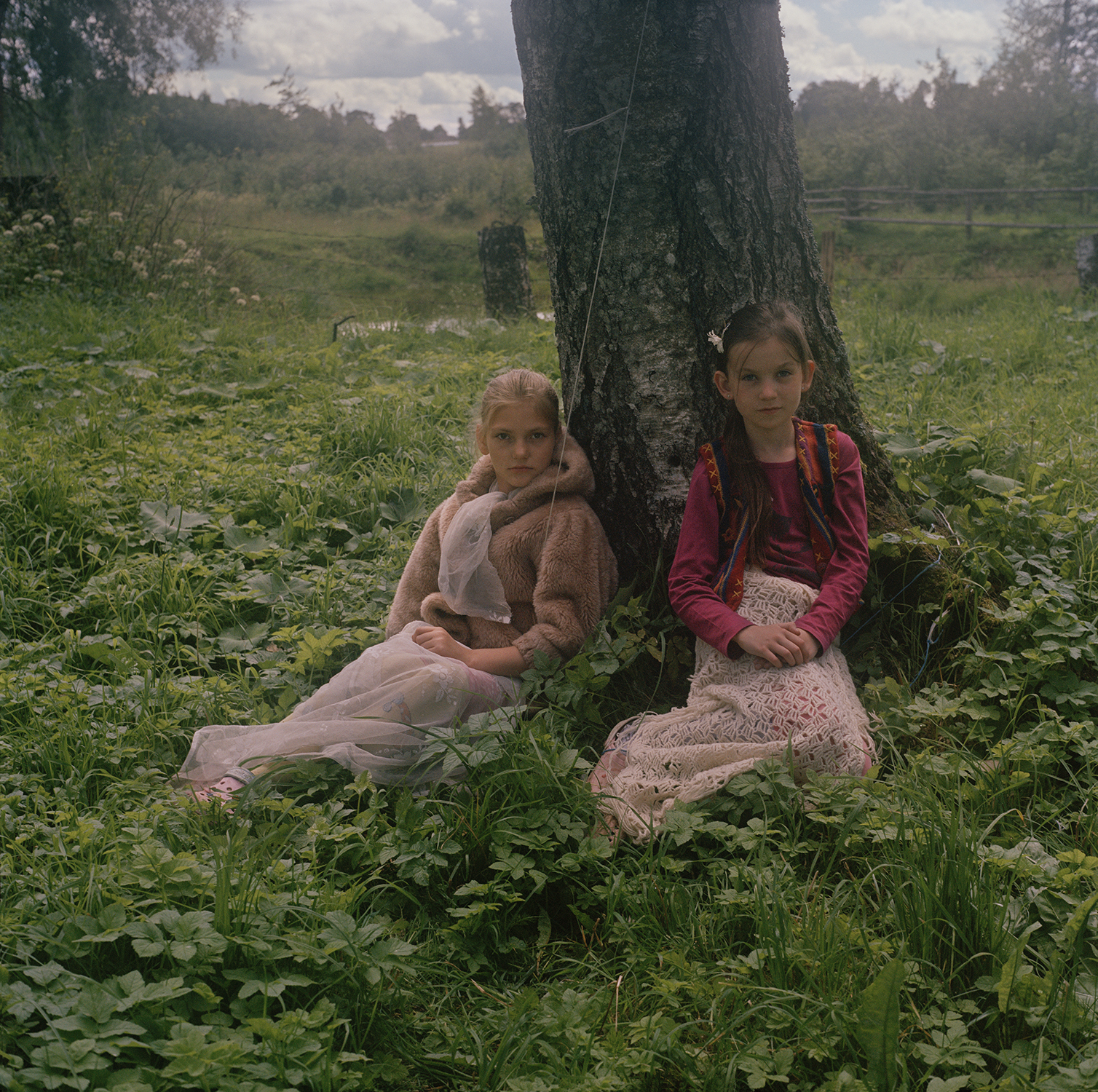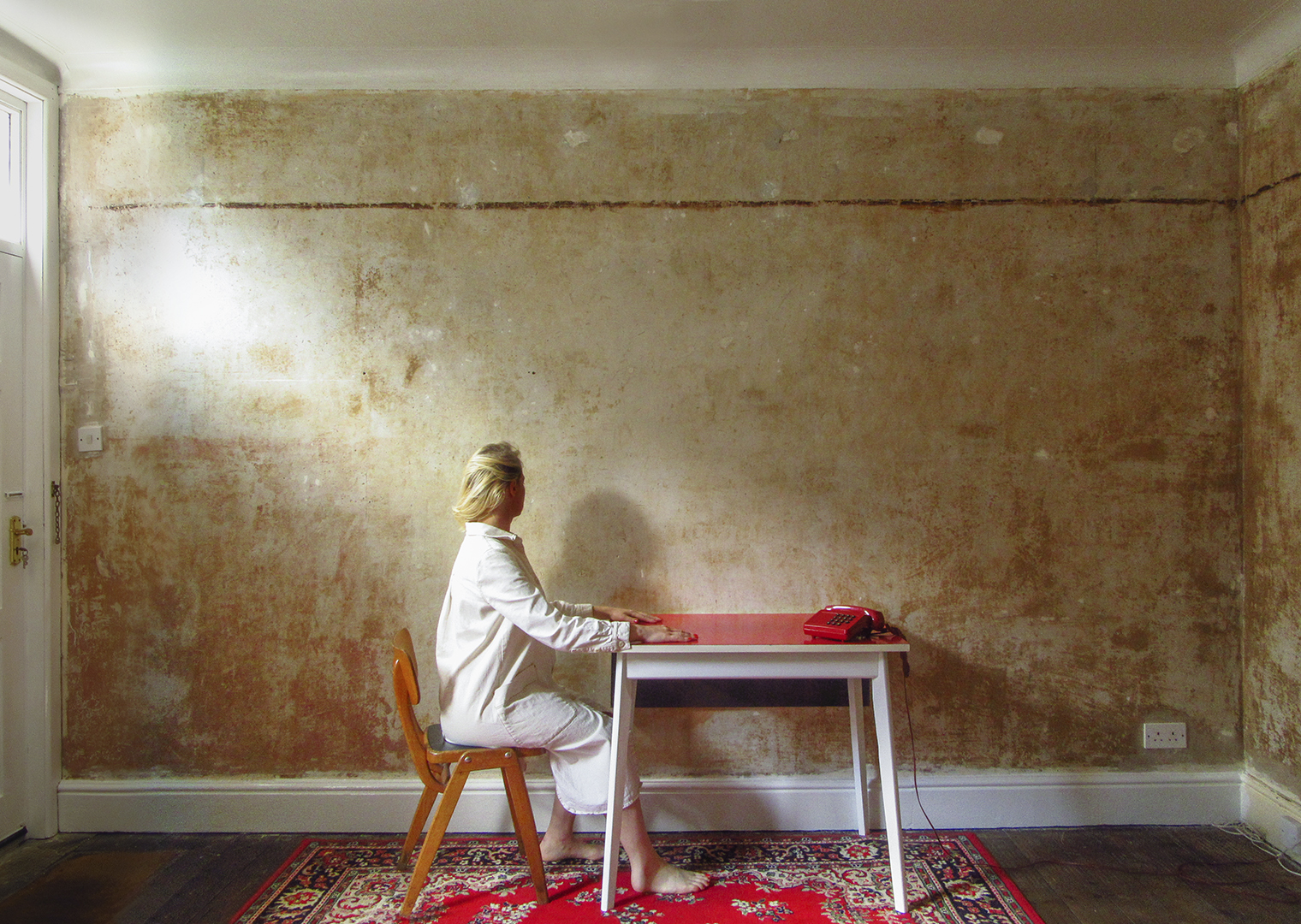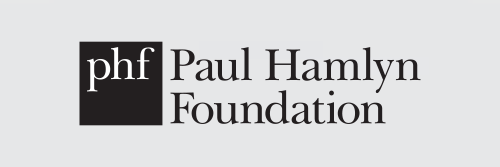


A Spotlight on… Lasma Poisa
This month our current University placement student Tingyu Liu interviewed photographer Lasma Poisa. The pair discuss her previous documentary and more recent socially engaged practice including current community photography project, Snappy Valley. Lasma is a recent graduate of University of Salford and Open Eye Gallery’s joint MA in socially engaged photography and it is great to hear from her about how her practice has developed throughout the degree.
Tingyu: In your recent project: Close Encounter, I am curious why you chose to record the town’s residents and their cats? In the series, there seems to be expressions of indifference and a trace of stiffness in your subjects. When you were shooting, did you ask them to be expressionless? Is this part of the ‘performance’? In connecting this to the idea of socially engaged photography, do you think this type of practice should purely record only views of real scenes, rather than staged?
Lasma: I started focusing on cats as a subject in my photography a few years ago, on one hand as an exercise in photographing strangers, but also as a protest, because I felt like my work was not being taken seriously. I had faced many rejections from open calls, competitions and photography festivals and felt frustrated with the idea that my career as an artist depended on external validation. I took myself very seriously back then, so I decided to focus on photographing subjects that brought me joy, emphasising the playful side of the practice that I had lost in my search for approval. As an experiment, I started offering free portraits to people with their cats in my local area. Cats are not seen as a serious subject because they are amusing, silly and cute, but they also must be disarming because perfect strangers were inviting me into their homes happy to be photographed.
My approach to this project was very structured, the portraits were photographed straight-on, deadpan, devoid of emotion. Expressed emotions, like smiling, would have changed the meaning of these images, but I still wanted them to be viewed from the perspective of contemporary photography, even though the juxtaposition between the person and the animal added a humorous aspect to the portraits. When you think about it, smiling in photographs is just as unnatural as having no expression, we are just more used to seeing people smile so we accept it as normal.
I started this work before I knew much about socially engaged photography. Since having studied the subject, it will most likely influence the way I approach portraiture in the future. Even though these portraits reveal something about the people in them, I would like to use my practice more collaboratively, to make connections and have meaningful conversations with the people I photograph. I think that a socially engaged practice, photographically, does not need to adhere to any rules and I don’t believe it should have to record reality either.
Tingyu: In your Turning of The Sun project, you have used some elements, such as fur, plastic bags, hair, and children wearing adult clothes. What drives you to use these elements? You mentioned that these images embraced ‘play’ as a strategy for making pictures, could expand more on this? I really agreed with that when you said your images should be a process of negotiation rather than observation! In this project you also mention a focus on memory and national identity. What do you think about collective memory? Have you ever thought about this in your project?
Lasma:Turning of the Sun is a personal project, it comes from the place of loss I felt for the life and people I left behind when I moved away from Latvia. Taking these photographs was the only way I could still belong to that life, fitting myself back into the family history through a photographic mark that said, ‘I was here’. I guess I was trying to recognize the notions of my own identity through revisiting the places I grew up in. On one of my trips, I was watching the children play and noticed how photographic the play was, it was surreal but also symbolic in its nature. I started taking photographs and the work naturally developed from there. With time, the image making became a play in its own right revealing narratives I could have not envisioned. There is a great amount of intimacy and trust that renders through the images when photographing family members. As a photographer I was very aware of my responsibility not to exploit my position.
Latvia is a different place than it was when I was born and very different still than when I left fifteen years ago. I don’t claim to represent the place objectively, Turning of the Sun embodies a very singular perspective warped in nostalgia. There are many elements that are symbolic to our collective memory, from traditions deriving from our pagan roots to scars of Soviet occupation, but these symbols are circumstantial. This work is much more like a dream or a memory that longs for a place that never was.
Tingyu: Looking more about your work exploring ‘community’, In your project: levenshulme cats, what are the limitations when trying to connect with the local community through photography? What do you think is the most important thing about contemporary socially engaged photography in this respect?
Lasma: When I first started photographing within a community, my only objective was to create images that were representative in some way, but I was not particularly concerned about the community’s perspective of my representation. In portraiture and documentary photography there is a distinction between the photographed subject and the person in the photograph, because here the image stands to represent a broader idea or a concept. The photograph becomes a whole new entity that often has little to do with who the person in the image is. There is an ethical tension when people struggle to separate their sense of self from the photograph, which leads to the question, is it exploitative? That is one of the biggest limitations when working with a community. It is a question of unmet expectations that, perhaps, with better communication could have been prevented. In contrast, a socially engaged practice instills ethical integrity into the ideas of representation as the images are usually made in collaboration with the people they represent. The sense of agency gained through the process of co-creation forms a fundamental part of a contemporary socially engaged photography practice.
Tingyu: What kind of motivation drove you to start the Snappy Valley project? And what difficulties have you encountered so far?
Lasma: I had considered setting up a community photography group for quite a few years, but did not have the confidence to do it. In spring 2019 I moved to Todmorden, a West Yorkshire town in the North of England, which coincided with my studies in Socially Engaged Photography Practice at the University of Salford. I saw this as an opportunity; on one hand to develop a socially engaged practice as part of my MA studies, but also to become part of the community by sharing my skills, experience and expertise in photography. I am an idealist by nature and believe that education that is democratic and invites active participation holds the potential for social transformation. Therefore, using an educational framework seemed like the obvious engagement method. Rather than taking pictures simply as a technical skill, I wanted to use photography as a tool for people to learn about broader issues and ideas, make connections and form relationships.
Snappy Valley presented a steep learning curve and as a practitioner I gained a lot from this experience. One of the hardest things was learning to trust the process and allowing it to unfold naturally, which at times felt like walking in the dark. I had to let go of my pre-conceptions and ideas, re-evaluate my photographic practice and approaches that took many years to form. Socially engaged photography is not a stagnant concept; it is like a living, breathing organism, constantly evolving. There is no one person steering it, it steers itself.
Tingyu: How do you define a community? How do we create trust between, and care for, those within our community? What possibilities are there for humans and where we come into contact to be better aligned once we start to see broader connections?
Lasma: A community is a group of people that share a sense of belonging through a physical or a virtual space, that connect through common interests and share some aspects of their sense of identity. The loss of community we are witnessing is a by-product of the political and economic shifts symptomatic to many issues in our society. The aspirational individualism and the lack of meaningful connections reinforced by social media are leading to devastating consequences on an unprecedented scale. The mental health crisis seems the most obvious example. The word ‘community’ is now used as a soundbite, for example as an excuse for economy-driven regeneration, which in reality destroys communities and displaces people. Rebuilding communities is not a simple task because it takes time to build the trust and commitment that brings people together. A socially engaged arts practice can be used as a community building mechanism, but a dependance on funding or the lack of it can pose real obstacles to delivering a significant change. There has been a lot of community engagement happening through citizen activism, still, it can feel like a drop in the ocean. But there is a hope, we all have the means to make small steps towards rebuilding communities and creating a space for support, communication, connection and belonging.

